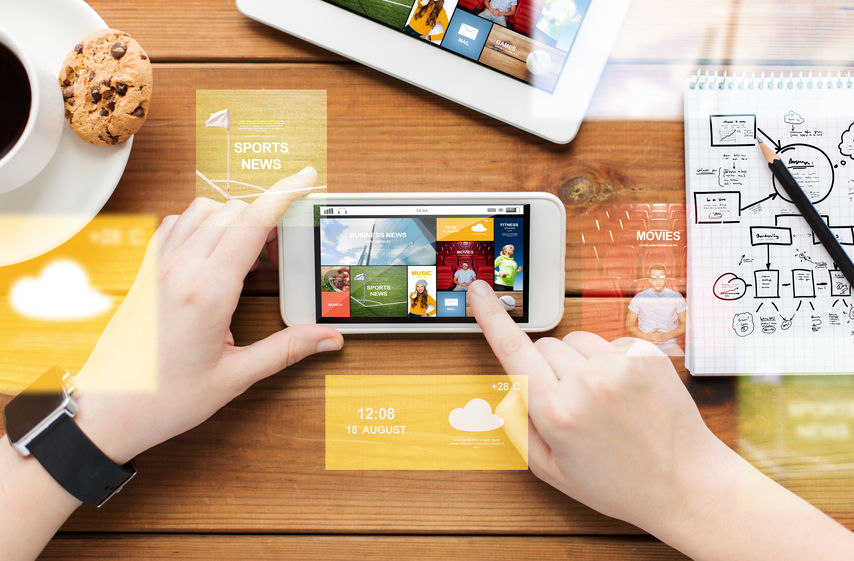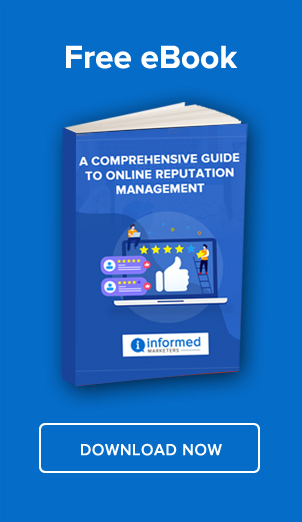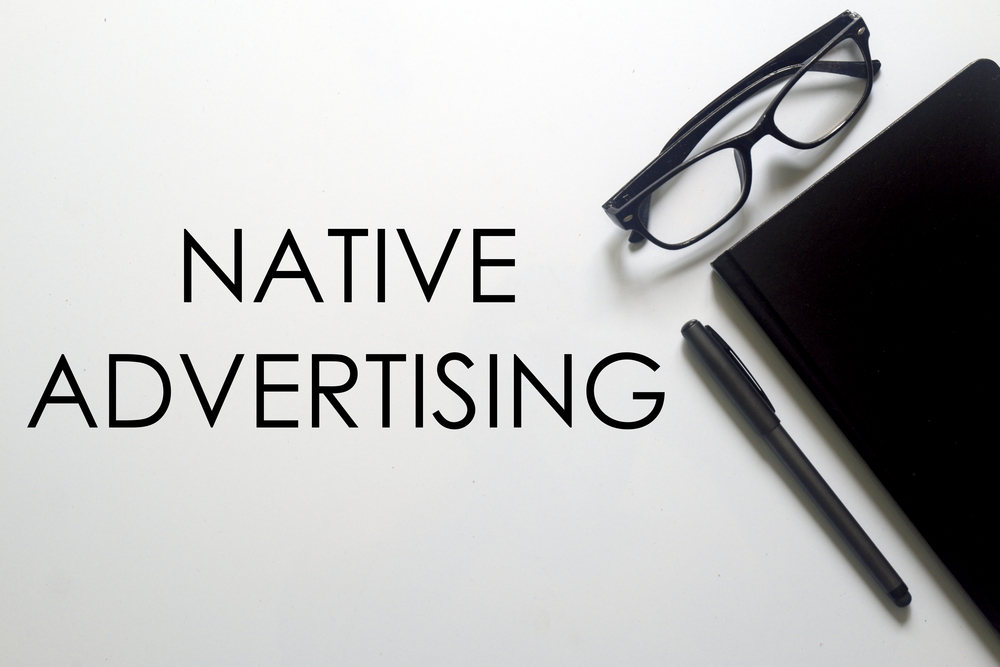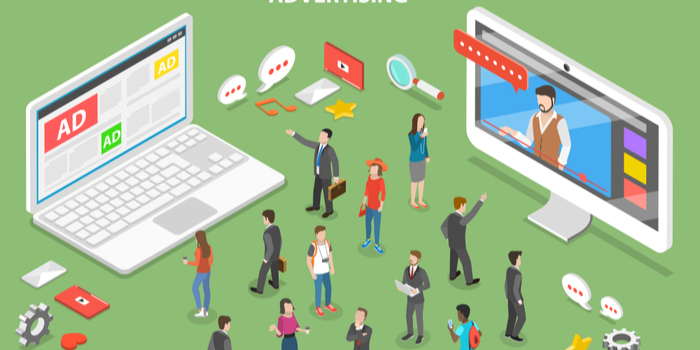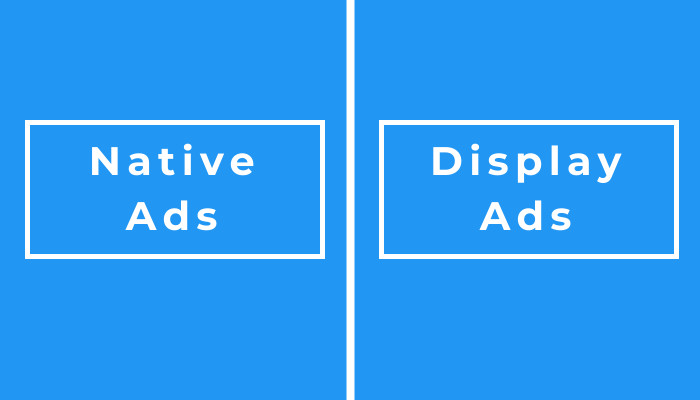With more consumers using mobile devices to access and consume content, it is hardly surprising that advertisers are focusing all their efforts on improving the mobile advertising process and experience. Native advertising, the most commonly used type of marketing in recent years, is expected to be a dominant force on mobile phones.
The advertising market is expected to see a manifold increase in mobile native advertising spend over the next year or two. That’s why media buyers are working hard to create suitable budget plans that can catch up with the emerging mobile native ad trends.
Native advertising on mobile is going to be more popular as it benefits all the concerned players. It will drive more return on investment for advertisers, meet the needs of publishers, and is being voraciously consumed by the viewers.
Not familiar with this ad format? Let’s take a deep dive.
Mobile native ads are not very different from desktop native formats if you discount the way the devices. They can be projected as feed ads, social posts, sponsored content, recommendation widgets and others.
Mobile ad trends: How It Benefits the Players?
Advertisers
In 2017, the ad spend on native ads on mobiles was $19.50 billion and accounted for 83 percent of all native advertising. In 2018, native ads on mobile cornered 64.5 percent of the entire mobile ads market. This niche is growing at a brisk pace according to experts.
Users
The users are also happy with mobile native advertising as they are less intrusive that banner ads. In-app native ads are likely to be viewed thrice more frequently than banner ads. With a high chance of sponsored content being liked, shared, and reposted, the engagement level of mobile native ads can be 20 to 60 percent above average.
Publishers
The unknown kind of ads that pop up on websites may be a cause of concern for some publishers and app developers. They are unlikely to have a similar experience with mobile native ads as they deliver value with content that educates, inform, and entertain. When you realize that native ads on mobile cost significantly less than ads in-app ads, the value element shoots up by several notches.
Mobile Native Advertising: Converting Types and Formats
There are six main formats of native ads. They are
- In search native
- Recommendation widgets
- Sponsored articles
- Custom native ads
- In-app videos
- In-feed ads
In-Search Native Ads
In search native ads appear as an ad message at the top of a search query. The ad looks every bit the same as the rest of the search results and even visually imitates the results. The differentiating aspect is that the ads are color highlighted and is marked differently to distinguish it. Despite the clear marking, nearly 40 percent of users still make the mistake of believing that these ads are for authentic websites, resulting in high bounce rates.
Recommendation Widgets
You must have come across blocks that say: ‘Also Read’ or ‘Recommended for You’ while reading or browsing through content. These blocks connect you to pages with related themes through links. These widgets are generally placed at the end of an article, but they can appear anywhere – at the sidebars, and even at the top, sometimes.
Some experts are of the opinion that recommendation widgets represent one of the finest forms of mobile native ads, as the chances of these widgets getting shared are high. They also perform better in terms of revenue generation for advertisers.
Sponsored Or Branded Content
This type of content is usually in the form of articles promoted by creators in partnership with the advertisers. They are posted and promoted by the publisher. Such content is consistent and relevant with the rest of the material and hence can invoke reader’s interest.
These articles are specifically marked as ‘sponsored’ or ‘branded’ like any other native ad.
Custom Native Ads
Custom native ads are those which transcend the limitations of typical formats and sizes of ads. It is a personalized solution developed for a brand to achieve personal goals. Users are encouraged to participate and win prizes, thus increasing the chances and depth of engagement. The biggest advantage of custom native ads on mobile is that a well-designed branding campaign can easily achieve tens of thousands of views in a very short period.
Native In-App Videos
You must have come across short videos bang in the middle of the content, or in-feed. These are native in-app videos of short lengths of around 15-30 seconds and embedded in the content using pre-rolls, mid-rolls, and post-rolls that cannot be skipped. You are sure to come across such ads in YouTube videos.
Some native in-app videos are designed for auto-play in silent mode until it is clicked on. They do not interfere with the user task and fit inside the app naturally. Pre-rolls appear to deliver better results according to surveys and used more as a result.
In-Feed Ads
These type of ads are embedded in news feeds or social feeds. They grab attention while you scroll down the page in social networks or on any website. While these ads are present among other editorial content, they are marked as ‘sponsored’ to differentiate them. As it is targeted sharply to the specific user category, in-feed native ad posts can capture interest of the readers quickly.
In social channels such as Facebook, Twitter, Instagram, Pinterest, and Tumblr feeds they are marked with a color for differentiation from the main content.
When done creatively, the mobile in-feed ad can evoke user interest to a high degree and drive high incomes to the app publishers.
What The Future Holds?
Native ads in mobile formats are gaining in popularity because of the high level of effectiveness of these types of ads. It is clear from surveys that native mobile ads are the future of mobile advertising. The reasons are:
Not Intrusive and Offers More Value
Native advertising creates and provides more value to users searching for information. It does so without interfering with the overall in-app experience. The format inspires trust in the users, as it does not push them to buy anything.
Escapes Blockers
A key benefit of mobile native ads is that they do not get blocked as the ads are presented in an informative format that can be beneficial to the users.
Generates More Views
Readers are vary of banner ads and ignore them. They are aware of the negative side of banner ads. Native ads have moved quickly to fill that space and is now shared more than other formats.
It is apparent that mobile native ads are becoming popular and hence being used more by advertisers to target their readers. However, the ads must be mandatorily be marked according to the guidelines and policies to avoid censure and penalties. The recommendations for listing must be stringently followed during the development and designing of these ads. Advertisers must steer clear of violations of consumer rights while making and posting mobile native ads.
Final Thoughts
There is clear and irrefutable evidence that native advertising attracts more user attention. With increasing engagement, the user loyalty also grows. This results in a higher click-through rate – the ultimate objective of any ad.
Native ads occupy a huge share of the mobile ad spend of most marketers and advertisers. While success is assured in terms of visibility, action, and revenue, it is imperative to comply with the ethics and mark the ad units appropriately for them to deliver the desired output.
